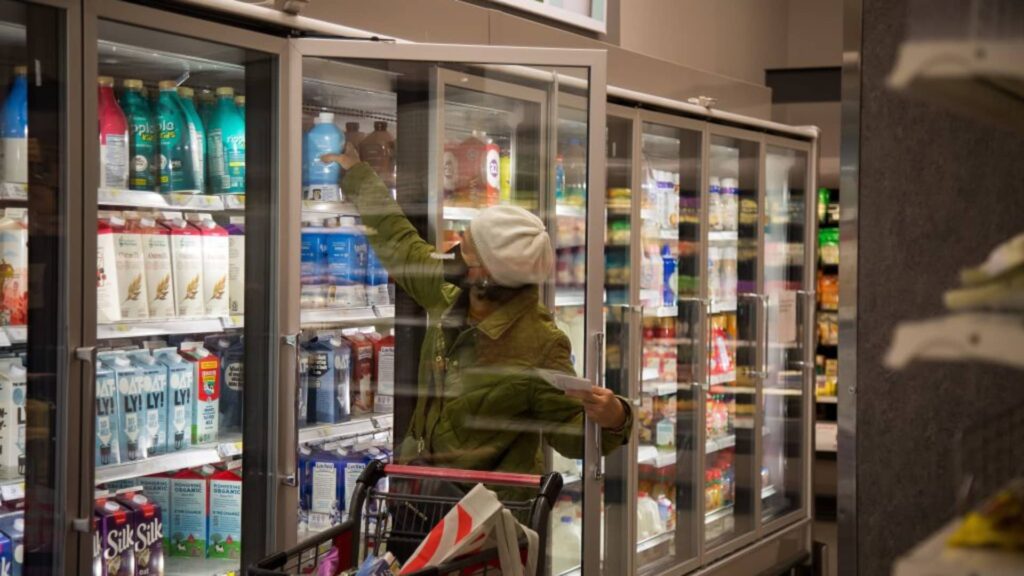A customer shops at a grocery store in Brooklyn on Feb. 14, 2023.
Michael Nagle/Xinhua via Getty Images
The annual inflation rate in February continued its gradual cooling trend, though it remained well above policymakers’ target.
Inflation is a measure of how quickly prices are rising or falling in the U.S. economy.
related investing news
The consumer price index, a key inflation barometer, rose by 6% in February relative to a year earlier, the U.S. Bureau of Labor Statistics said Tuesday. The index accounts for price changes across a broad basket of consumer goods and services, in categories like energy, food, housing and entertainment.
February’s reading was in line with economists’ projections. It follows a 6.4% annual gain in January and 6.5% in December, and was the smallest 12-month increase since September 2021.
“It’s still high, obviously,” Mark Zandi, chief economist of Moody’s Analytics, said of the annual inflation rate. “It’s slowly but steadily receding.
“There are some good reasons to be optimistic inflation will continue to fall back over the next year.”
More from Personal Finance:
What two bank failures mean for consumers and investors
Here’s what to know about FDIC-insured bank deposits
There’s a quicker, cheaper way to go to college but few try it
A positive but declining inflation rate doesn’t mean consumer prices are falling; it signals that they’re increasing more slowly.
Inflation will likely be close to 3% by year’s end, Zandi said. However, that estimate assumes the U.S. avoids recession, which would rein in inflation more quickly but trigger negative side effects like rising unemployment. Fear of this so-called “hard landing” scenario increased in recent days after failures in the banking sector, though regulators are trying to contain the fallout.
Here’s what drove February inflation
Housing prices jumped by 8.1% in the past year, according to the BLS — accounting for more than 60% of inflation after stripping out food and energy prices, which…
Read the full article here





